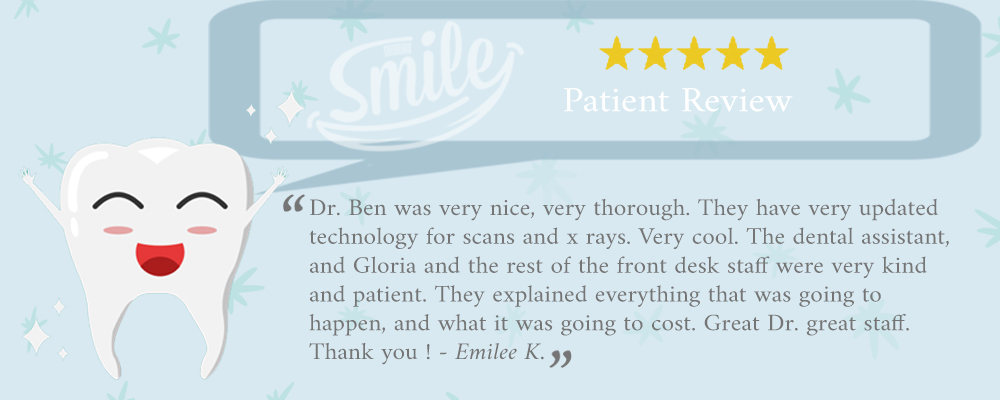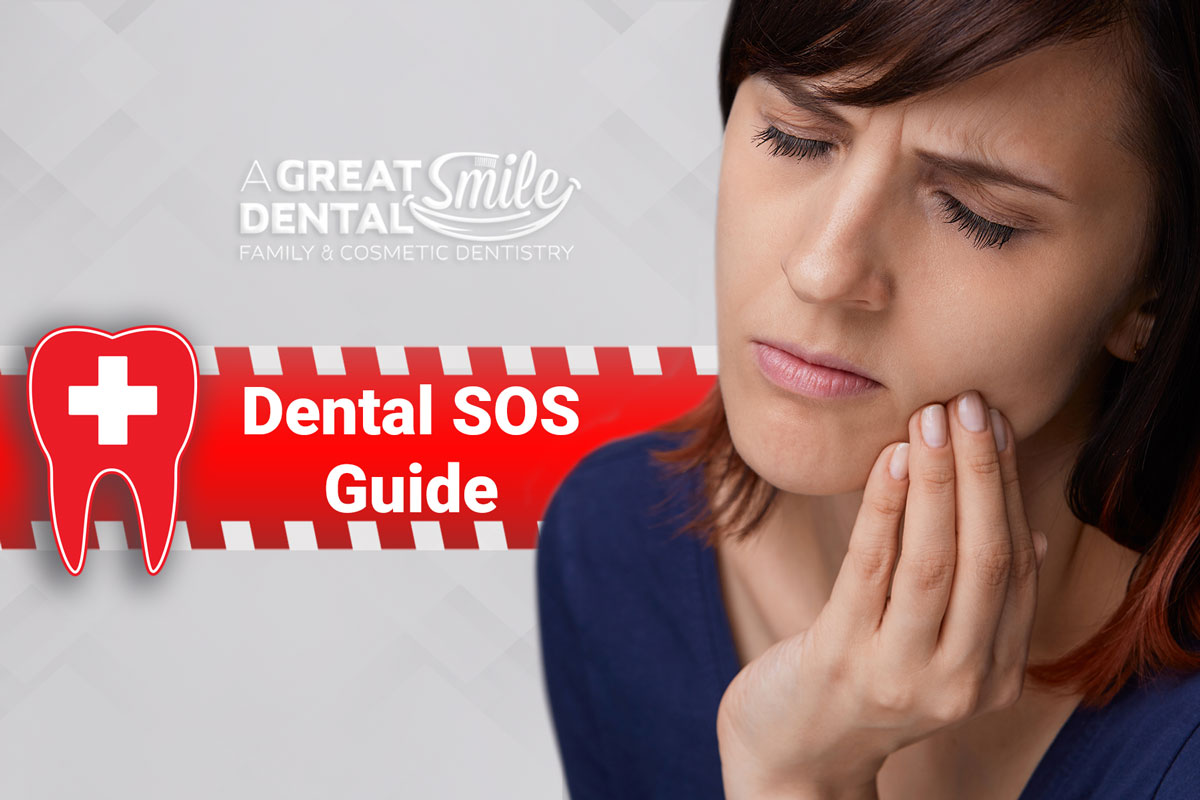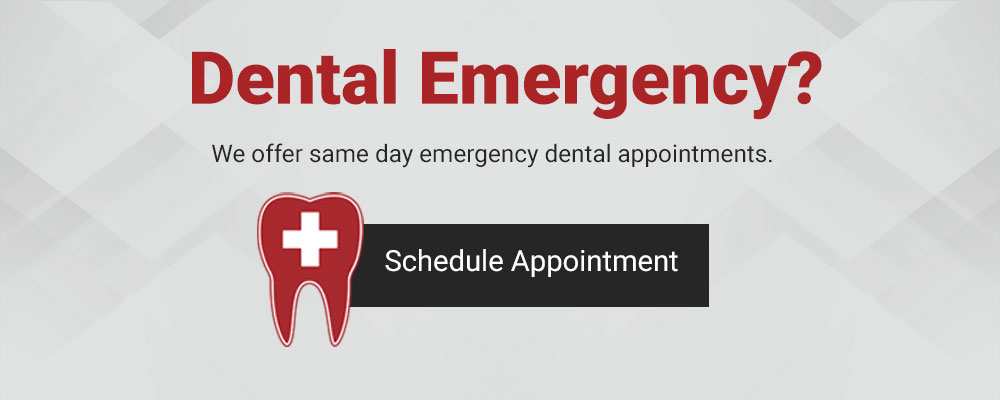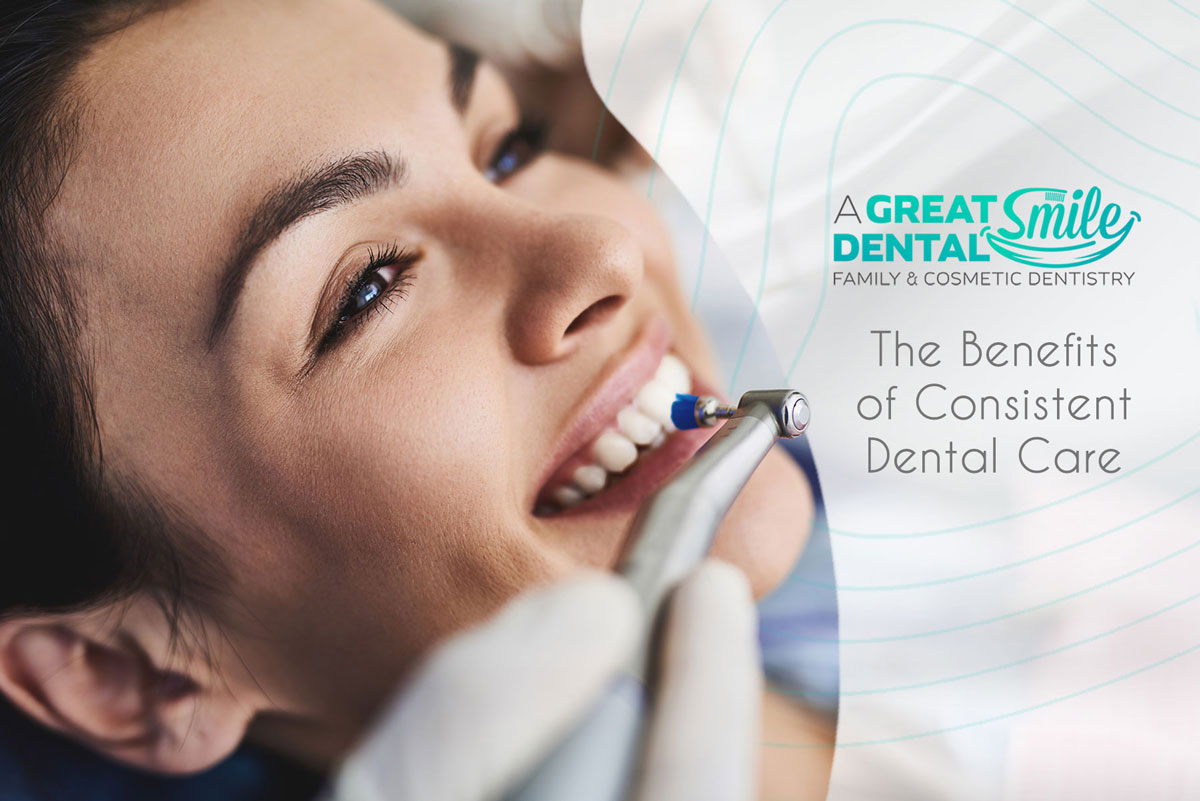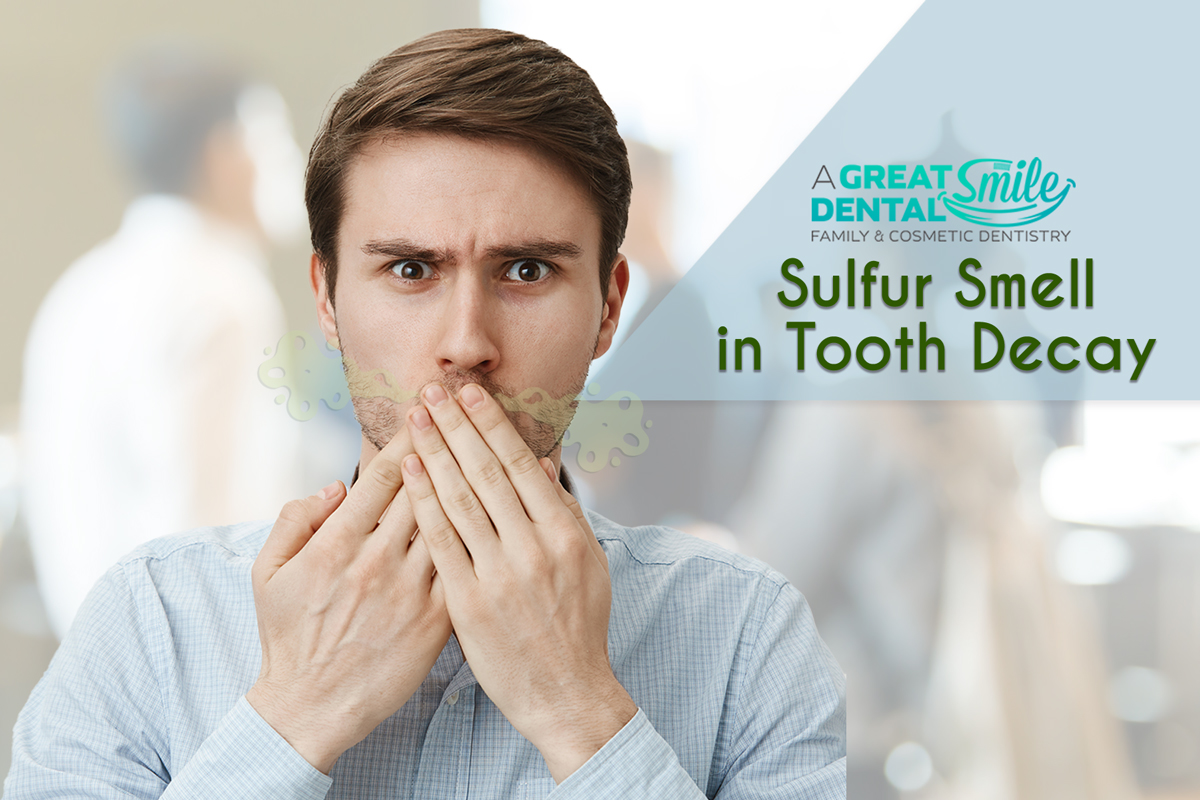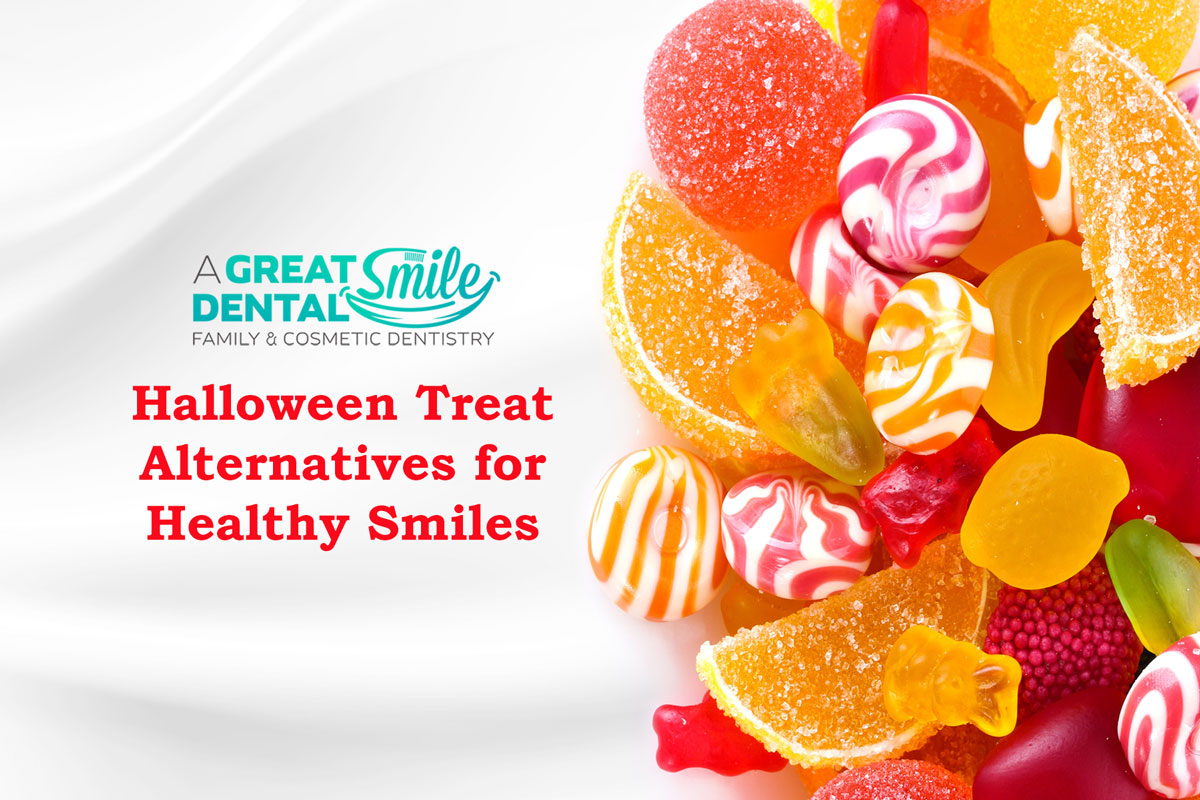Is a Dental Visit Every Six Months Really Necessary?
Twice-yearly dental checkups are commonly recommended—but do they apply to everyone? If your teeth feel fine and you maintain good oral hygiene, it’s natural to question whether these visits are essential. However, routine dental appointments go beyond just cleaning your teeth. They play a critical role in detecting potential problems early, preventing more serious issues, and supporting your overall health.
Why the 6-Month Dental Checkup Rule Matters
You may not always feel when something is wrong with your teeth—but that doesn’t mean everything is fine. Many dental issues develop silently and can only be detected through a professional exam. That’s why visiting the dentist every six months remains a key part of maintaining good oral and overall health. Before postponing your next appointment, here’s what you should know.
Many Dental Problems Start Without Pain
Tooth decay, gum disease, and enamel erosion often don’t cause pain until the damage is already done. By the time discomfort sets in, treatment tends to be more involved and costly. Routine dental checkups allow professionals to catch these issues early—when they’re easier to treat.
In addition to cavities, dentists screen for signs of oral cancer, gum recession, misaligned bites, and infections. Early detection helps preserve your oral health and prevents complications.
Cleanings Reach Where Toothbrushes Can’t
Even the most thorough brushing and flossing can’t clean every part of your mouth. Over time, plaque builds up in hard-to-reach areas and hardens into tartar, which can lead to gum disease and enamel damage. A professional cleaning during your six-month visit removes these threats.
These cleanings not only protect your teeth and gums but also help reduce bad breath and allow your dentist to monitor any changes in your oral health over time.
Your Mouth Can Signal Broader Health Issues
Oral health is closely connected to your overall well-being. In fact, early signs of conditions like diabetes, heart disease, and certain infections often appear in the mouth. A dentist trained to spot these symptoms can be a valuable part of your broader healthcare team.
At your checkup, your dentist reviews your health history, looks for potential red flags, and provides guidance on how to protect your health from the inside out.
Prevention Saves Time, Stress, and Money
Preventive care is far less time-consuming—and far less stressful—than dealing with dental emergencies. Sticking to a six-month schedule with your Silver Spring dentist helps you avoid last-minute appointments, unexpected costs, and painful procedures.
Regular visits put you in control. You’ll enjoy greater peace of mind, fewer surprises, and a healthier, more confident smile for the long term.
The Bottom Line
Avoiding dental checkups may seem fine when you’re not in pain, but it can lead to more serious issues over time. Regular six-month visits are about more than just clean teeth; they’re key to early detection, effective prevention, and maintaining both oral and overall health. By staying consistent with your dental care, you’re making a smart investment in your well-being and your smile.


